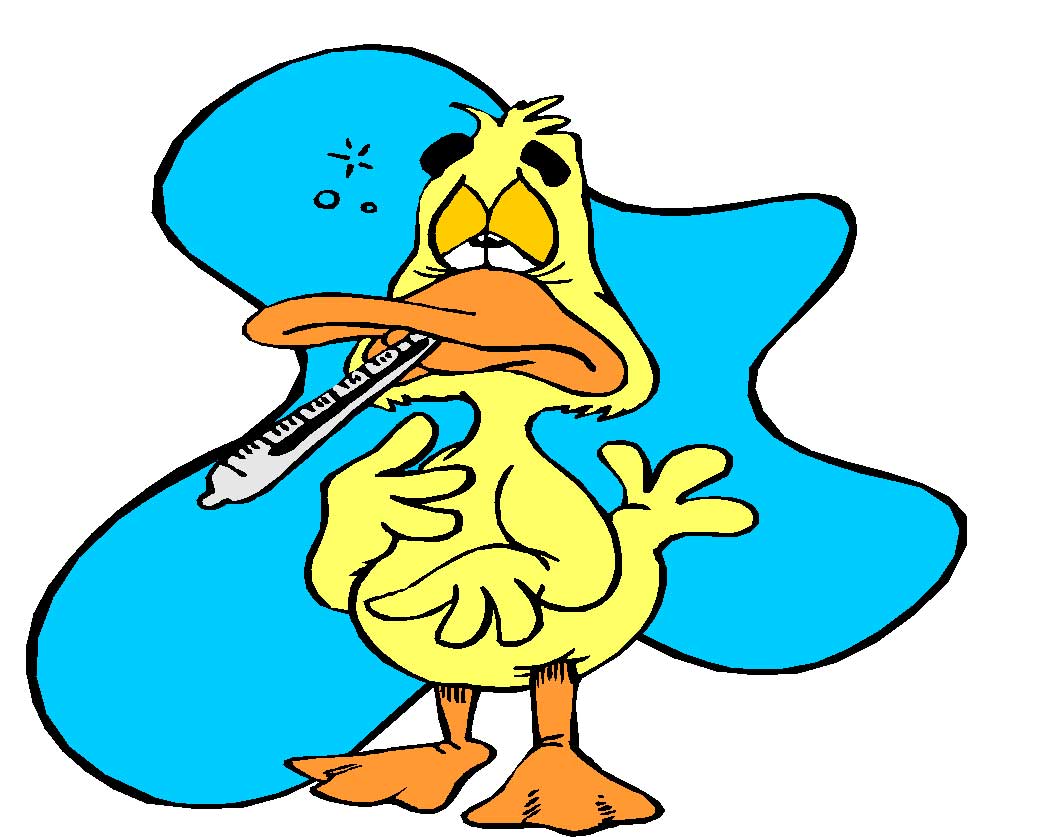Introduction: Special History Between Waterfowl & Humans
- Waterfowl (or "wildfowl" for our friends on the other side of the pond)
- Family Anatidae
- 143 species
- 250 subspecies
- 11 tribes
- Waterfowl are a "way of life"
- Tax dollars are allocated toward management
- billions
- hunting!
- Old tradition very much alive today
- Entire college courses dedicated to it
- North American Waterfowl Management Plan (NAWMP)
- Based of conserving waterfowl and their habitat
- 3 overarching goals
- Abundant and resilient waterfowl populations to support hunting and other uses without imperiling habitat
- Wetlands and related habitats sufficient to sustain waterfowl populations at desired levels, while providing places to recreate and ecological services that benefit society
- Growing numbers of waterfowl hunters, other conservationists and citizens who enjoy and actively support waterfowl and wetland conservation

- Wetlands
- Critical waterfowl habitat
- Other waterfowl habitat
- Rivers, bays, lakes, marshes, agricultural fields
Food & Feeding Ecology
- Adaptive Radiation
- Concept describing distribution of species with various body plans good at exploiting habitat
- Differences within and among habitats
- Dabblers vs Divers
- Morphology varies by food type
- Terrestrial veg.
- Short, serrated bill
- Large gizzard
- Long cecae
- Aquatic veg.
- Wide, spatulate bill
- Large gizzard
- Long intestines and cecae
- Long necks
- Tubers and rhizomes
- Robust bill, head, and neck
- Long neck
- Small gizzard and gastrointestinal tract
- Seeds
- Dabbling
- Lamellae
- Dexterous bill
- Large gizzard
- Inverts
- Lamellae
- Dabbling or diving
- small gizzard and gastrointestinal tract
- Molluscs
- Fish
- Serrrated bill
- Strong, fast, agile divers
- Small gizzard and gastrointestinal tract
Breeding Biology
- Natural Selection (what's needed for it?)
- Competition
- Mutation
- Limited resources (competition for)
- Heritable traits
- Variation
- Survive long enough to breed (pass on that trait)
- Selected FOR
- Breeding and preparing to breed is a huge investment
- Capitol vs income breeding
- Capitol
- Uses fat stores to produce eggs
- Income
- Uses energy as it's acquired

- Green wave
- Refers to the growth of green vegetation as it moves in latitude
- Migratory birds are said to "follow the green wave" throughout their migrations
Population Dynamics
- Populations
- Limitations
- Food
- Mates
- Nest sites
- Threats
- Bottlenecks
- Drift
- Disease
- botulism
- fatal to waterfowl
- lives in warm anaerobic conditions
- cholera
- infection of the small intestine
- caught by consuming contaminated food/water
- duck plague
- caused by duck herpesvirus type 1
- causes high mortality (90%)
- avian influenza
- caused by H5N1
- very contagious
- Monitoring populations
Movements & Migration
- Migration
- Most waterfowl migrate
- some travel thousands of miles at a time
- Tracking movements
- various ways to track waterfowl
- banding
- individuals wear colored neck or leg bands with unique codes
- transmitters
- track birds electronically with satellite, radio, or GPS
- Molt migration
- Occurs after breeding
- Takes place on "molt grounds"
- Render the birds flightless
- Adults and new young of the year grow new flight feathers at the same time
- the family then migrates together
- Eclipse plumage
- Mostly in ducks
- Males resemble females for a period of time
- Mechanisms and timing
- Cues
- Change in day length
- Slimbridge study
- Birds shifted migration patterns because of flood lights directed at the pond
- left earlier than normal
- Food availability
- Weather changes causing changes in food availability
- weather also triggers the birds to start putting on weight
- Fine line between enough fat to migrate and too much to fly at all
- WINGLOADING!
Social & Sexual Behavior
- Social
- Various different social behaviors are seen in waterfowl
- Allopreening
- One individual preens another
- beginning of courtship
- Triumph ceremony
- usually after a female accepts a male's courtship displays or after a pair successfully defends or wins a fight over territory with another pair
- Preflight signaling
- communicate that they want to leave an area, it will signal to its partner with a series of head shakes, wing flaps, and vocalizations
- Family behavior
- Courtship and mate selection
- Mating systems
- Polygamy
- Single male mates with multiple female
- More common in ducks than geese
- Monogamy
- Single mate for the season or for life
- ~90% of waterfowl species
Conservation & Management
To be discussed in elements 3, 4, and 5










No comments:
Post a Comment